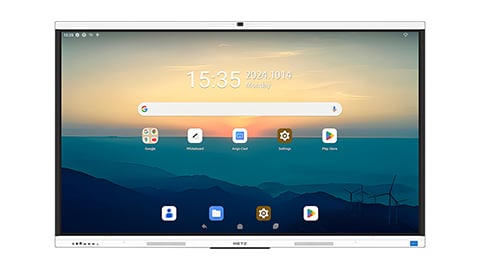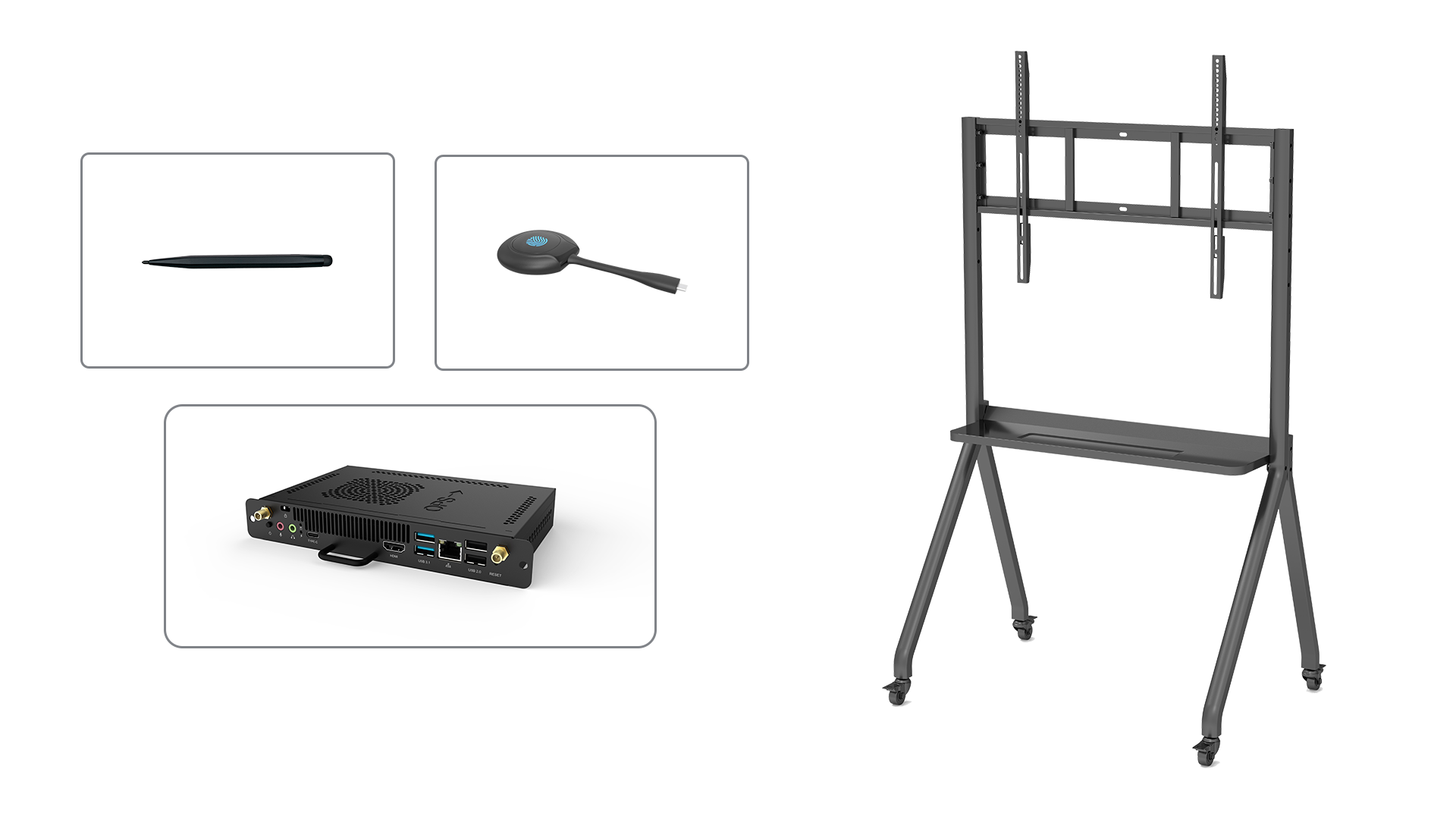what is a smartboard? A Comprehensive Guide to Interactive Whiteboards
Introduction:
The advancements in technology have revolutionized the way we teach and learn. Traditional blackboards and whiteboards have been replaced by interactive whiteboards, with the Smartboard being one of the most popular options. But what exactly is a Smartboard? In this comprehensive guide, we will explore the features, benefits, and applications of Smartboards, and how they are transforming classrooms and boardrooms alike.
1. Understanding Smartboards: A Brief Overview
Smartboards, also known as interactive whiteboards, are large touch-sensitive display panels that can be connected to a computer or other devices. They enable users to interact with digital content using their fingers or a stylus pen, providing an immersive and interactive experience.
2. The Components of a Smartboard
A Smartboard consists of several components that work together to create an interactive learning or presentation environment. These include:
- Display Panel: The touch-sensitive screen where the content is displayed.
- Projector: Infrared or laser projectors that display the content onto the panel.
- Computer: A computer or mobile device that controls the Smartboard and runs the software.
- Software: The Smartboard software that enables users to interact with the content.
- Stylus Pen: A pen-like device that allows users to write or draw on the Smartboard.
3. The Benefits of Using a Smartboard
Smartboards offer numerous benefits over traditional whiteboards or projectors. Some of the key advantages include:
- Interactivity: Smartboards allow users to interact with content, enhancing engagement and participation.
- Multi-touch Capability: Multiple users can interact with the Smartboard simultaneously, promoting collaboration.
- Rich Media: Smartboards support multimedia content, such as videos, images, and interactive applications.
- Enhanced Learning: The interactive nature of Smartboards encourages active learning and improves information retention.
- Accessibility: Smartboards can be used by individuals with disabilities, providing inclusive learning opportunities.
4. Applications of Smartboards in Education
The integration of Smartboards in education has transformed traditional classrooms into interactive learning spaces. Here are some ways Smartboards are used in education:
- Interactive Lessons: Teachers can create interactive lessons using multimedia content and engage students in hands-on activities.
- Collaborative Learning: Smartboards facilitate group work and collaboration, allowing students to work together on projects and presentations.
- Virtual Field Trips: Smartboards can transport students to virtual locations, providing immersive experiences without leaving the classroom.
- Formative Assessment: Teachers can use Smartboards to assess student understanding in real-time, enabling immediate feedback and intervention.
5. Smartboards in Business and Corporate Settings
Smartboards are not limited to educational settings; they are also widely used in business and corporate environments. Here are some applications:
- Presentations: Smartboards enhance presentations by allowing presenters to interact with content, annotate, and make real-time changes.
- Collaborative Meetings: Teams can brainstorm, share ideas, and collaborate on projects using Smartboards.
- Video Conferencing: Smartboards can be integrated with video conferencing systems, enabling remote collaboration and communication.
- Data Visualization: Smartboards can display complex data in a visually appealing and easy-to-understand manner.
6. Choosing the Right Smartboard
When selecting a Smartboard, it's important to consider factors such as size, resolution, touch sensitivity, and connectivity options. Additionally, compatibility with existing devices and software should be taken into account to ensure seamless integration.
7. Setting Up and Using a Smartboard
Setting up a Smartboard involves mounting the display panel, connecting the projector and computer, and installing the necessary software. Once set up, users can interact with the Smartboard by touching the screen, using the stylus pen, or employing gesture controls if supported.
8. Troubleshooting Common Smartboard Issues
While Smartboards are generally reliable, occasional issues may arise. Common problems include calibration errors, connectivity issues, and software glitches. Troubleshooting steps and support resources are typically provided by the manufacturer or software provider.
9. The Future of Smartboards
As technology continues to evolve, so will Smartboards. Advances in touch technology, increased integration with virtual reality and augmented reality, and improved software capabilities are expected to further enhance the functionality and effectiveness of Smartboards.
10. Conclusion
Smartboards have transformed the way we interact with information, both in educational and corporate settings. With their interactive capabilities and immersive experiences, they have become an indispensable tool for effective teaching, learning, and collaboration. Whether in the classroom or the boardroom, Smartboards empower users to engage with content in innovative and meaningful ways.






